What Is an MPO Fiber Cable?
What Is an MTP Fiber Cable?

MTP® vs MPO Cable: What Are the Differences?
The key difference between MTP® and MPO fiber optic cables lies in their fiber optic connectors. MTP® is an improved version of MPO with better optical performance and mechanical design.
MPO connectors often use plastic pin clamps that can break over repeated mating cycles, risking damage to the fiber ribbon. In contrast, MTP® connectors feature a metal pin clamp and an oval spring design, providing a secure, recessed grip and extra clearance that protect the ribbon during insertion and greatly reduce the chance of clamp or fiber damage.
 MTP®/MPO Cable Pin Clamp
MTP®/MPO Cable Pin Clamp
 MTP®/MPO Cable spring
MTP®/MPO Cable spring
Additionally, the guide pins used in MTP® and MPO connectors are different. MPO connectors use chamfered guide pins with sharp edges that can easily cause wear. MTP® connectors use stainless steel oval guide pin tips to prevent wear on the guide pin holes during mating.
MTP®/MPO Cable Guide Pins
The shell of the MTP® connector is removable to allow the removal/addition of guide pins (thus changing the connector type).
 Removable Housing
Removable Housing
MTP® vs MPO Cable: Optical Performance MPO (Red) Vs MTP (Blue)
Although MPO connectors have long been the industry standard, they tend to exhibit higher insertion and return loss as well as signal instability under heavy mating and accidental bumps. In contrast, MTP® connectors combine precision-engineered ferrule alignment—reducing insertion and return loss to levels rivaling single‑fiber links—with enhanced mechanical features such as a floating ferrule, metal pin clamp, and optimized elliptical guide pins. These improvements not only lower optical loss but also minimize debris and wear, resulting in significantly greater stability and durability over repeated plug‑in cycles.
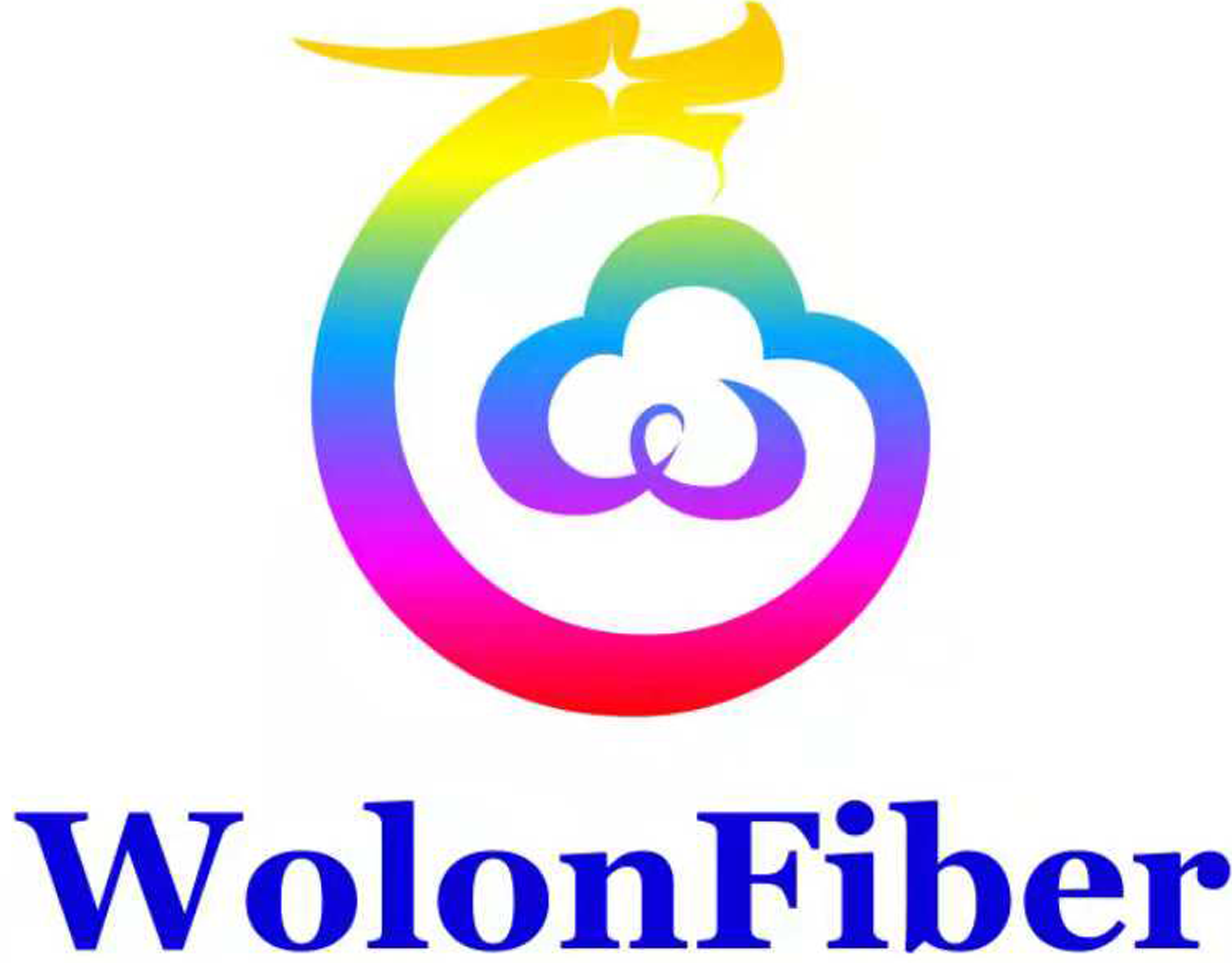
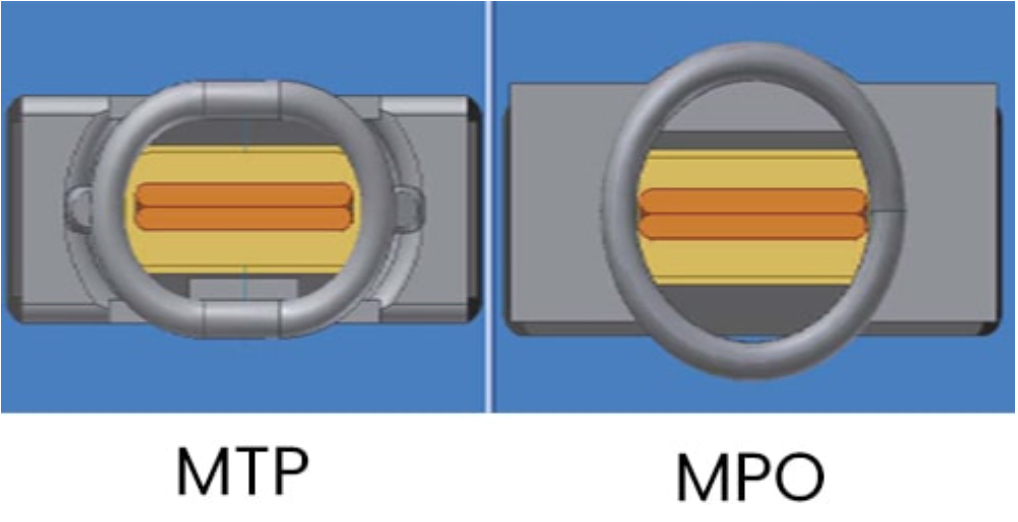
 MTP®/MPO Cable Pin Clamp
MTP®/MPO Cable Pin Clamp MTP®/MPO Cable
MTP®/MPO Cable 
 Removable Housing
Removable Housing
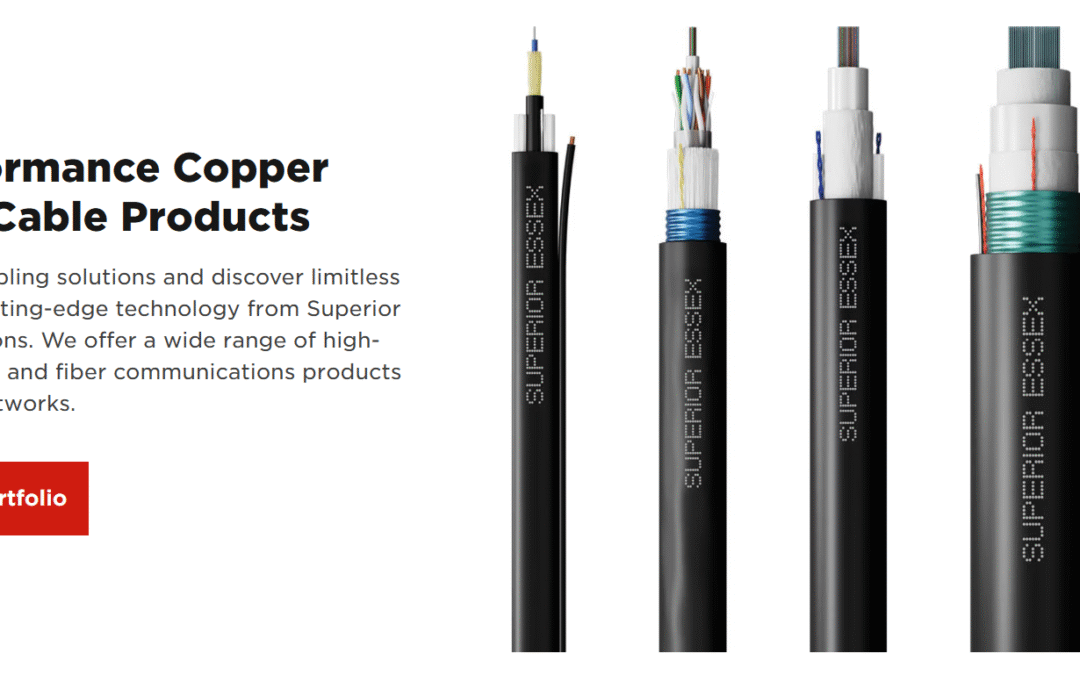
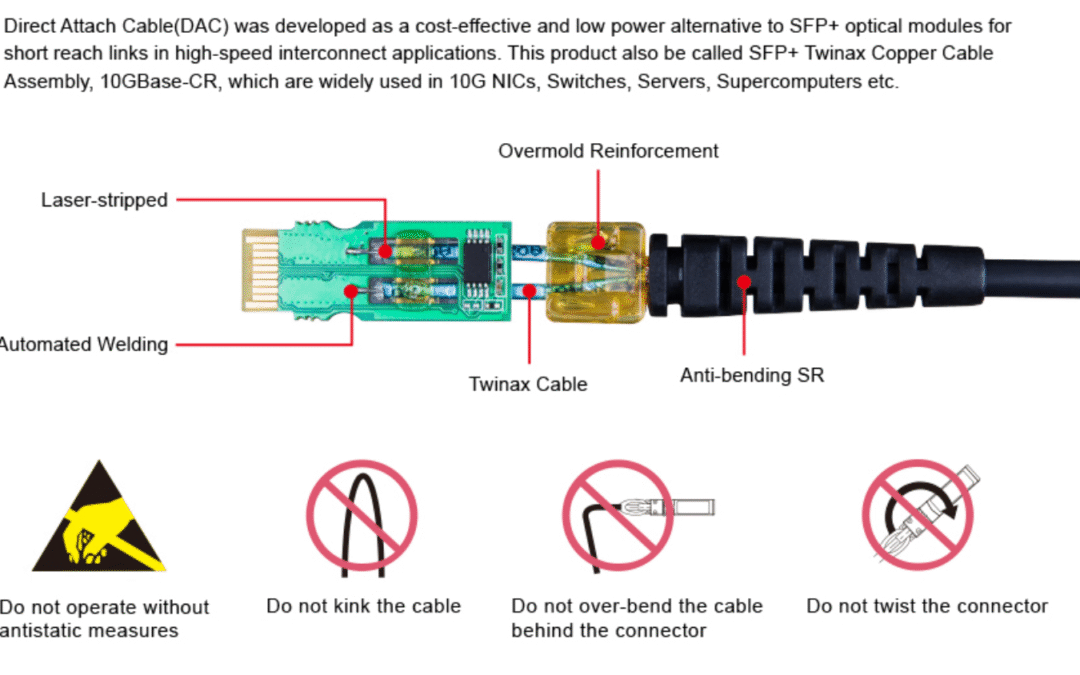
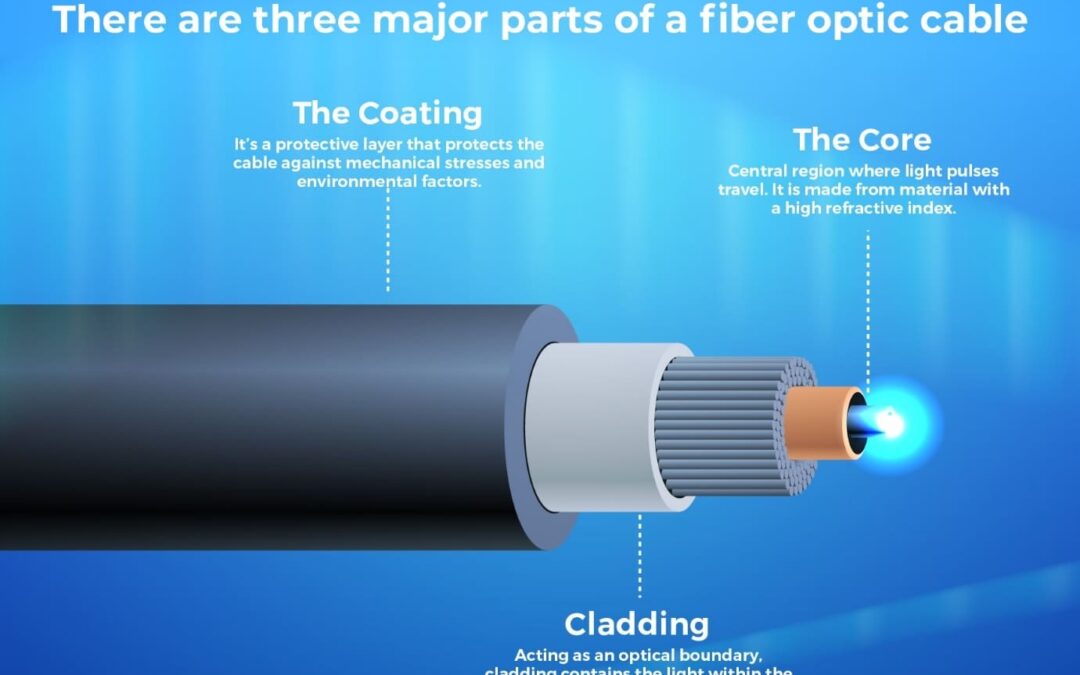
0 Comments